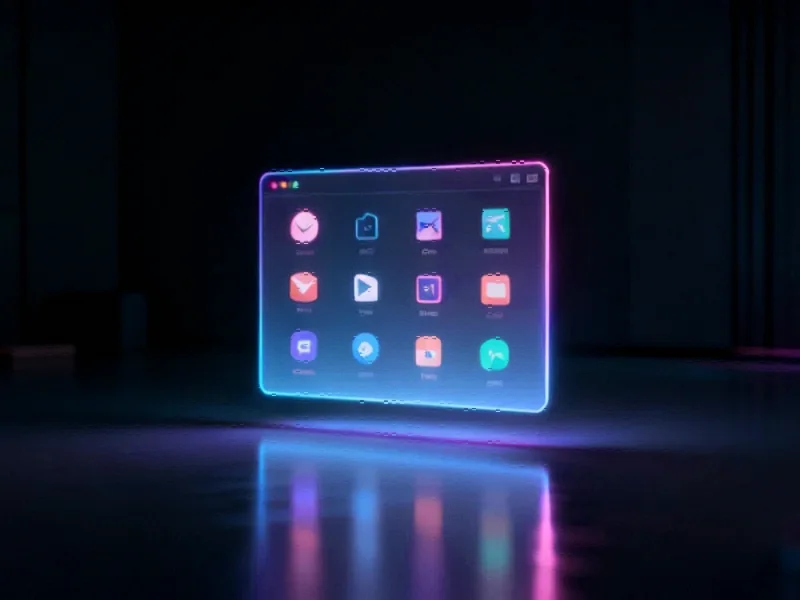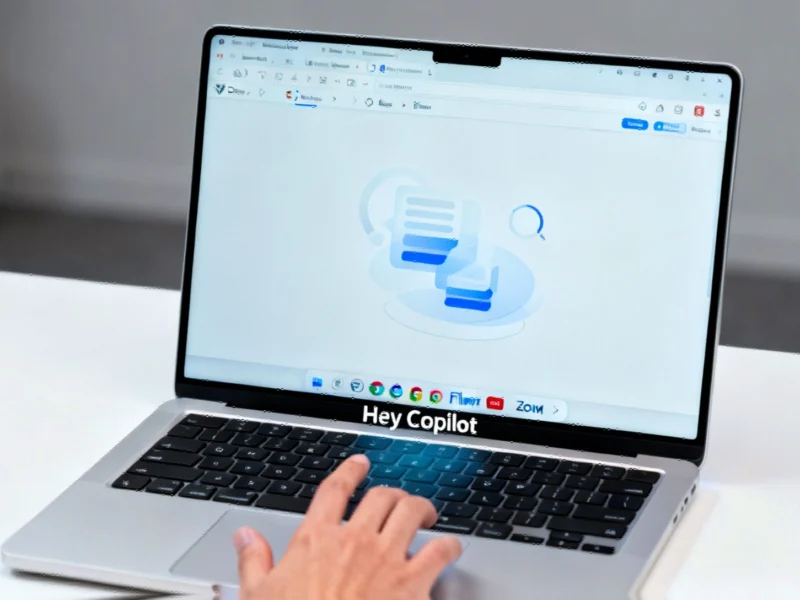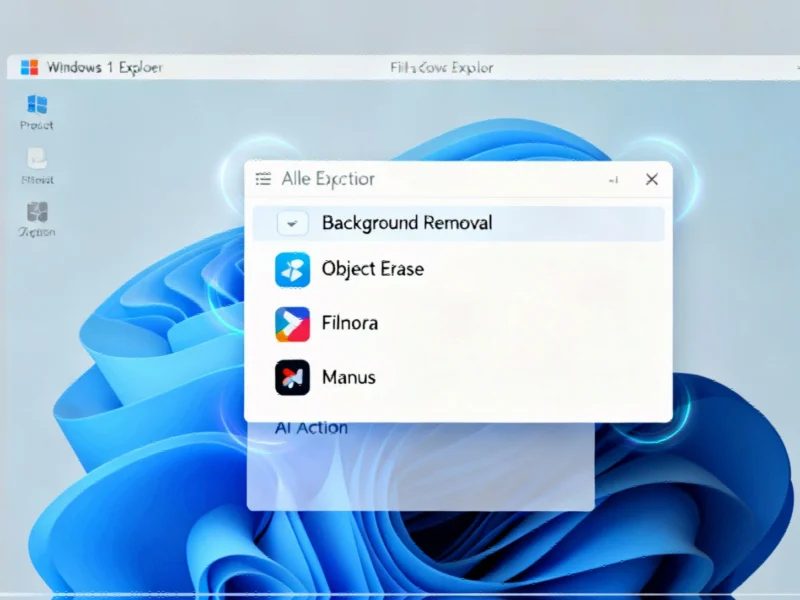Polishing the Linux Experience: Plasma 6.5’s Final Touches
With just three days remaining until its stable release, the KDE development team is putting the final touches on Plasma 6.5, addressing critical bugs and performance issues that will significantly enhance the desktop environment for millions of Linux users. The latest “This Week in Plasma” update reveals a focused effort on stability and user experience improvements that demonstrate KDE’s commitment to delivering a polished product.
The Dim Inactive effect in KWin, Plasma’s window manager, now restricts strength levels between 10 and 90 percent, preventing the nonsensical visual results that occurred when users ventured outside these boundaries. This thoughtful constraint exemplifies KDE’s attention to user interface details that might otherwise frustrate everyday users. Meanwhile, significant progress in related innovations across the technology sector continues to influence how developers approach user experience design.
Critical Bug Fixes Addressing Real-World Scenarios
Several particularly troublesome issues have been resolved in this final pre-release phase. The team eliminated a KWin crash that occurred when waking laptops from sleep after disconnecting external displays—a common scenario for mobile professionals. Another crucial correction addresses remote desktop connection failures when using recent ffmpeg versions, ensuring seamless remote access capabilities.
For users relying on accessibility features, Plasma 6.5 fixes a problem where screen content wouldn’t update frequently enough when full-screen colorblindness correction effects were enabled. NVIDIA GPU users will also appreciate the resolved bug that caused System Monitor sensors to display incorrect values for certain graphics cards. These fixes represent KDE’s comprehensive approach to addressing diverse user needs across different hardware configurations and use cases.
Plasma 6.5.1: Already Preparing the First Point Release
Even before the main release ships, KDE is already preparing Plasma 6.5.1, which will address multiple user interface issues on System Settings’ Remote Desktop page. The team has also fixed minor visual glitches that occurred when moving pointers in and out of certain application windows. This proactive approach to bug fixing demonstrates KDE’s commitment to rapid iteration and continuous improvement, reflecting broader industry developments in software deployment strategies.
Looking Ahead: Plasma 6.6’s Promising Features
While finalizing Plasma 6.5, the KDE team is simultaneously developing the next major release—Plasma 6.6. The updated Application Dashboard widget will be configurable to follow system color schemes, though it defaults to dark mode. Users will appreciate the ability to resize the area between “Favorites” and “Applications” sections, providing greater customization flexibility.
Visual refinements include slightly rounded highlights for top-level menu items, and the Bing Picture of the Day wallpaper provider now displays thumbnails that accurately reflect images’ actual aspect ratios instead of forcing portrait versions. These subtle but meaningful improvements contribute to a more cohesive and visually appealing desktop environment that aligns with recent technology trends in user interface design.
Upcoming Bug Fixes in Plasma 6.6
The development roadmap for Plasma 6.6 includes several important corrections. Discover, KDE’s software center, will no longer crash when Flatpak is installed but unavailable—addressing a frustrating edge case for users experimenting with different package formats. Additionally, a bug that incorrectly stored IPsec passwords for certain VPNs has been resolved, eliminating the need to re-enter credentials with every connection.
This focus on security and connectivity improvements comes at a time when privacy concerns are increasingly prominent in technology discussions, particularly as surveillance technologies continue to evolve and expand their capabilities across different platforms and ecosystems.
Broader Industry Context
KDE’s development pace and community-driven approach to desktop innovation occurs alongside significant movements across the technology landscape. From workplace organization efforts in major gaming companies to the ongoing transformation of educational technology through artificial intelligence, the open-source community continues to demonstrate how collaborative development can produce competitive alternatives to proprietary solutions.
Meanwhile, major technology players are pursuing their own interface innovations, as seen in voice assistant advancements and changing approaches to public-private partnerships in technology deployment. Against this backdrop of evolving market trends, KDE’s consistent delivery of feature-rich, user-friendly desktop environments represents an important counterbalance to corporate-driven computing experiences.
For those following KDE’s development closely, detailed analysis of Plasma 6.5’s specific improvements provides additional technical insights into what users can expect from this significant update to one of Linux’s most popular desktop environments.
This article aggregates information from publicly available sources. All trademarks and copyrights belong to their respective owners.
Note: Featured image is for illustrative purposes only and does not represent any specific product, service, or entity mentioned in this article.



